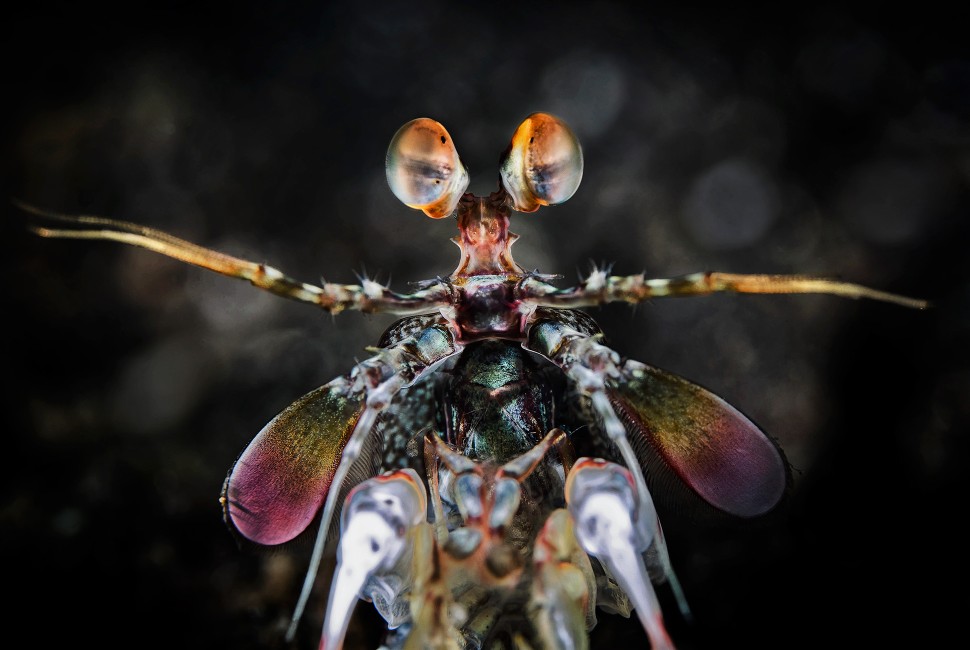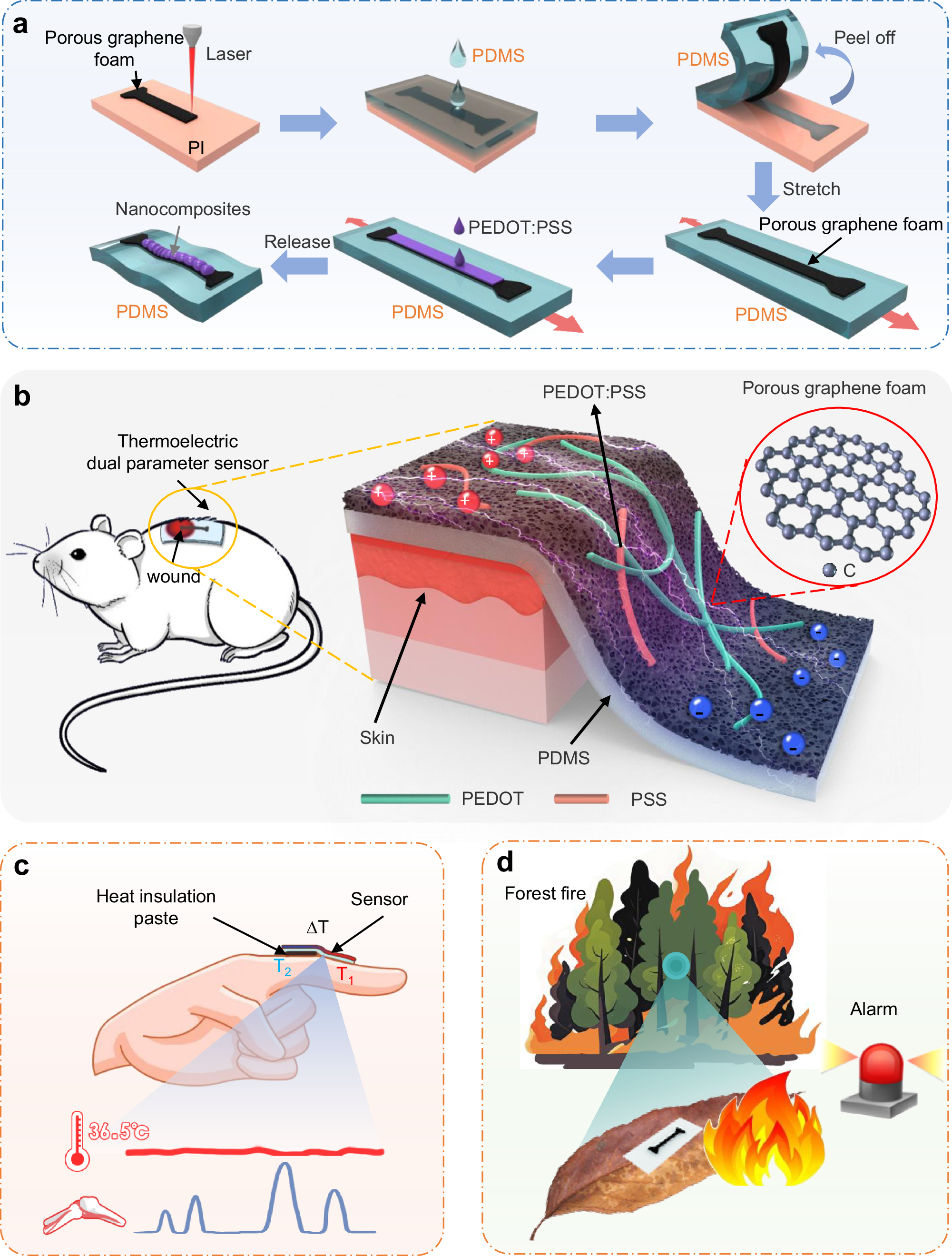2025-02-06 ノースウェスタン大学

A mantis shrimp peeks out of its hole in the Lembeh Straits in North Sulawesi, Indonesia. A new Northwestern study found the patterned grooves on mantis shrimp’s clubs (the flat, reddish-purple appendages shown here) enable the animal to withstand damage from its own devastating punches.
<関連情報>
- https://news.northwestern.edu/stories/2025/02/mantis-shrimp-clubs-filter-sound-to-mitigate-damage/
- https://www.science.org/doi/10.1126/science.adq7100
シャコはフォノニックシールドを持っているか? Does the mantis shrimp pack a phononic shield?
N. A. Alderete, S. Sandeep, S. Raetz, M. Asgari, […], and H. D. Espinosa
Science Published:6 Feb 2025
Editor’s summary
The mantis shrimp is known for its ability to rapidly and forcefully strike its prey, both directly and due to the rapid collapse of cavitation bubbles, without sustaining significant damage. Much of this ability has been attributed to the complex multiscale organization of the structure of the shrimp’s dactyl club and its resultant mechanical properties. Alderete et al. used fast spectroscopy techniques to disclose the effect of the club structure in terms of its phononic shielding abilities (see the Perspective by Zavattieri), showing that it can effectively filter shear waves to mitigate impact forces during strikes. —Marc S. Lavine
Abstract
The powerful strikes generated by the smasher mantis shrimp require it to possess a robust protection mechanism to withstand the resultant forces. Although recent studies have suggested that phononic bandgaps complement the mantis shrimp’s defensive suite, direct experimental evidence for this mechanism has remained elusive. In this work, we explored the phononic properties of the mantis shrimp’s dactyl club using laser ultrasonic techniques and numerical simulations. Our results demonstrate that the dactyl club’s periodic region functions as a dispersive, high-quality graded system, exhibiting Bloch harmonics, flat dispersion branches, ultraslow wave modes, and wide Bragg bandgaps in the lower megahertz range. These features effectively shield the shrimp from harmful high-frequency stress waves generated by cavitation bubble collapse events during impact.


